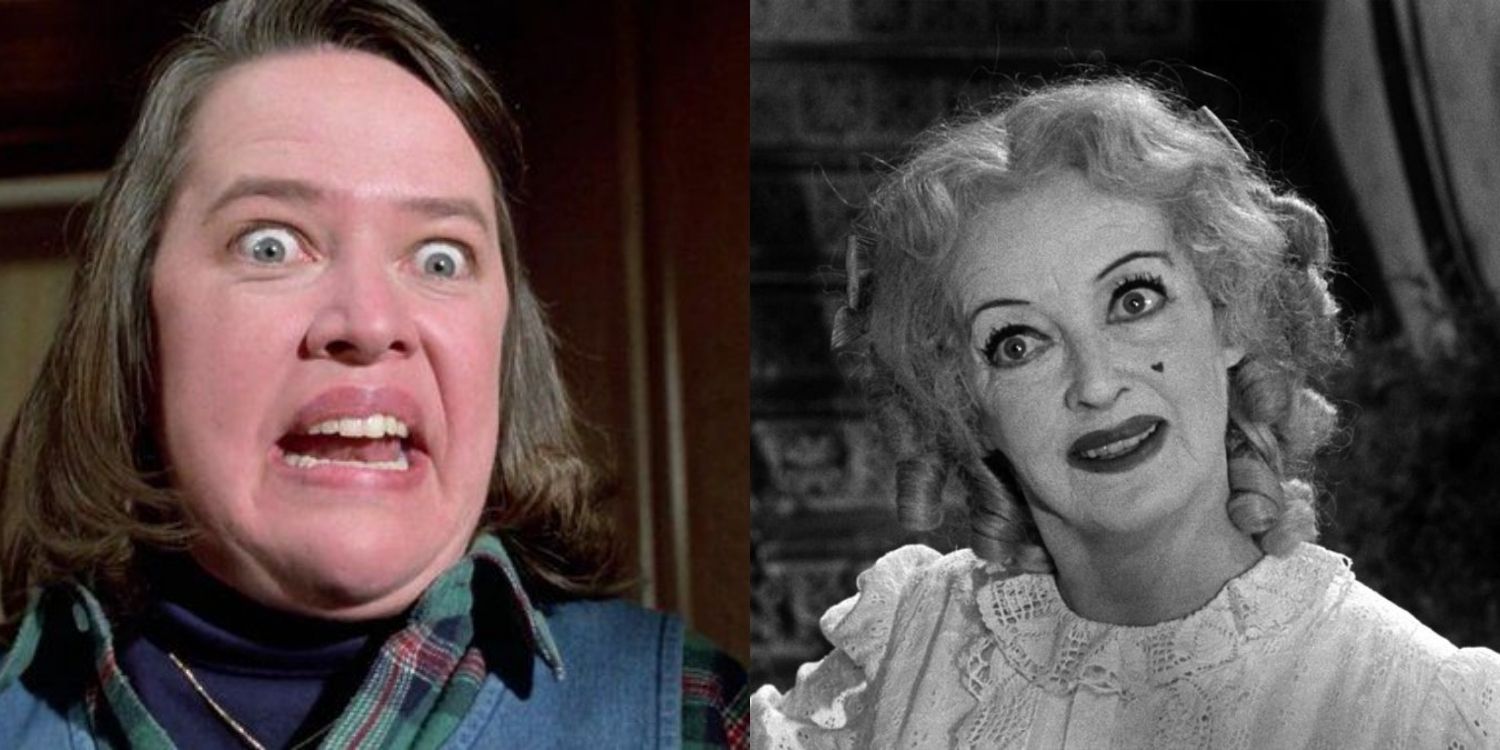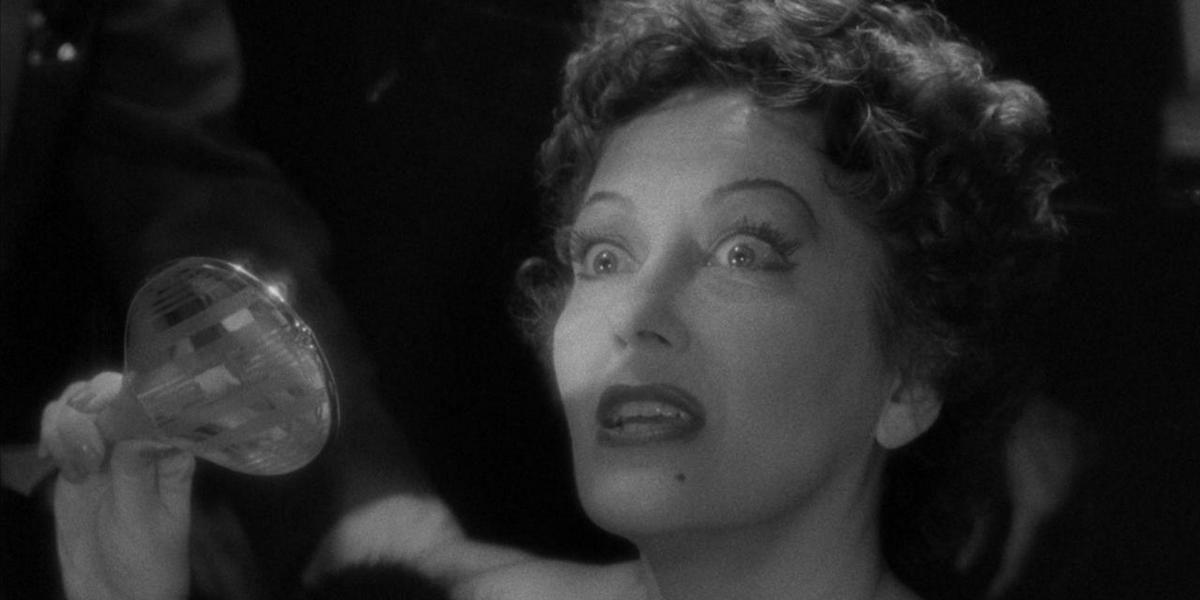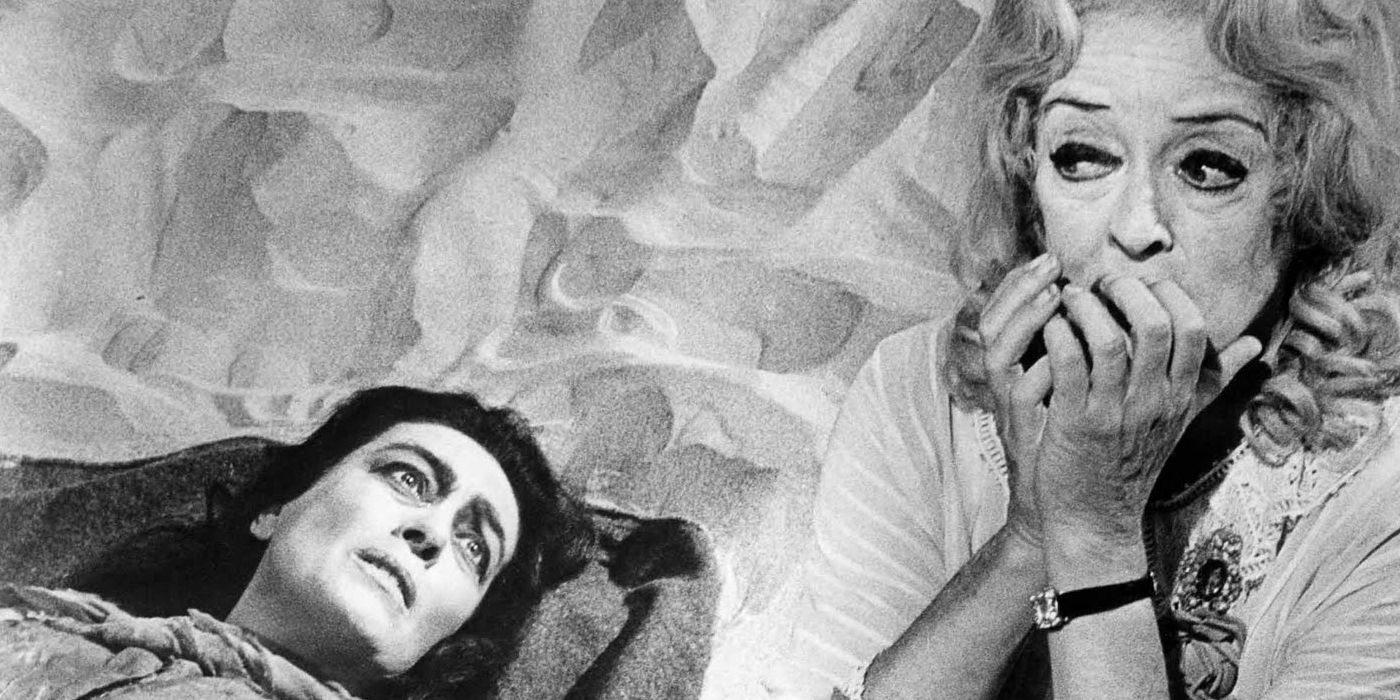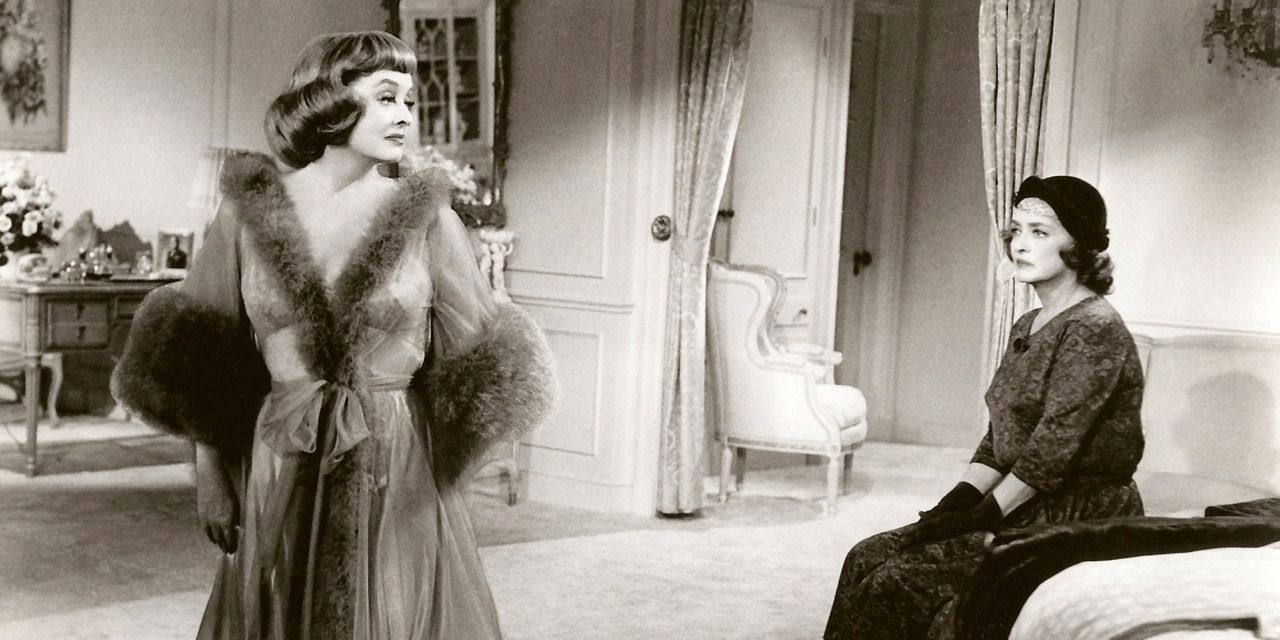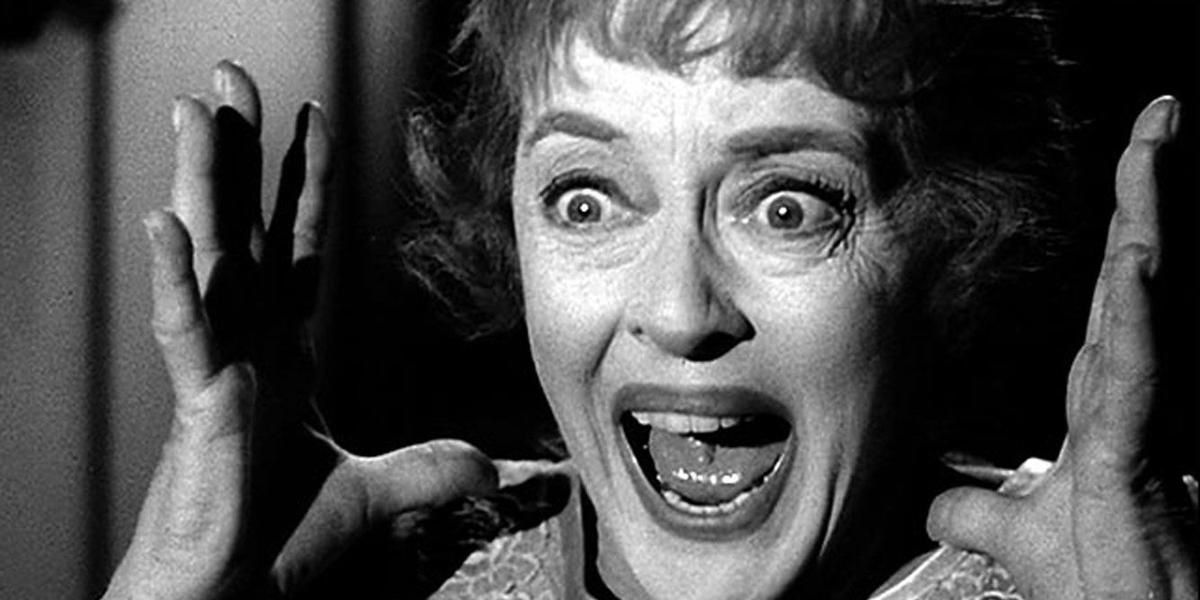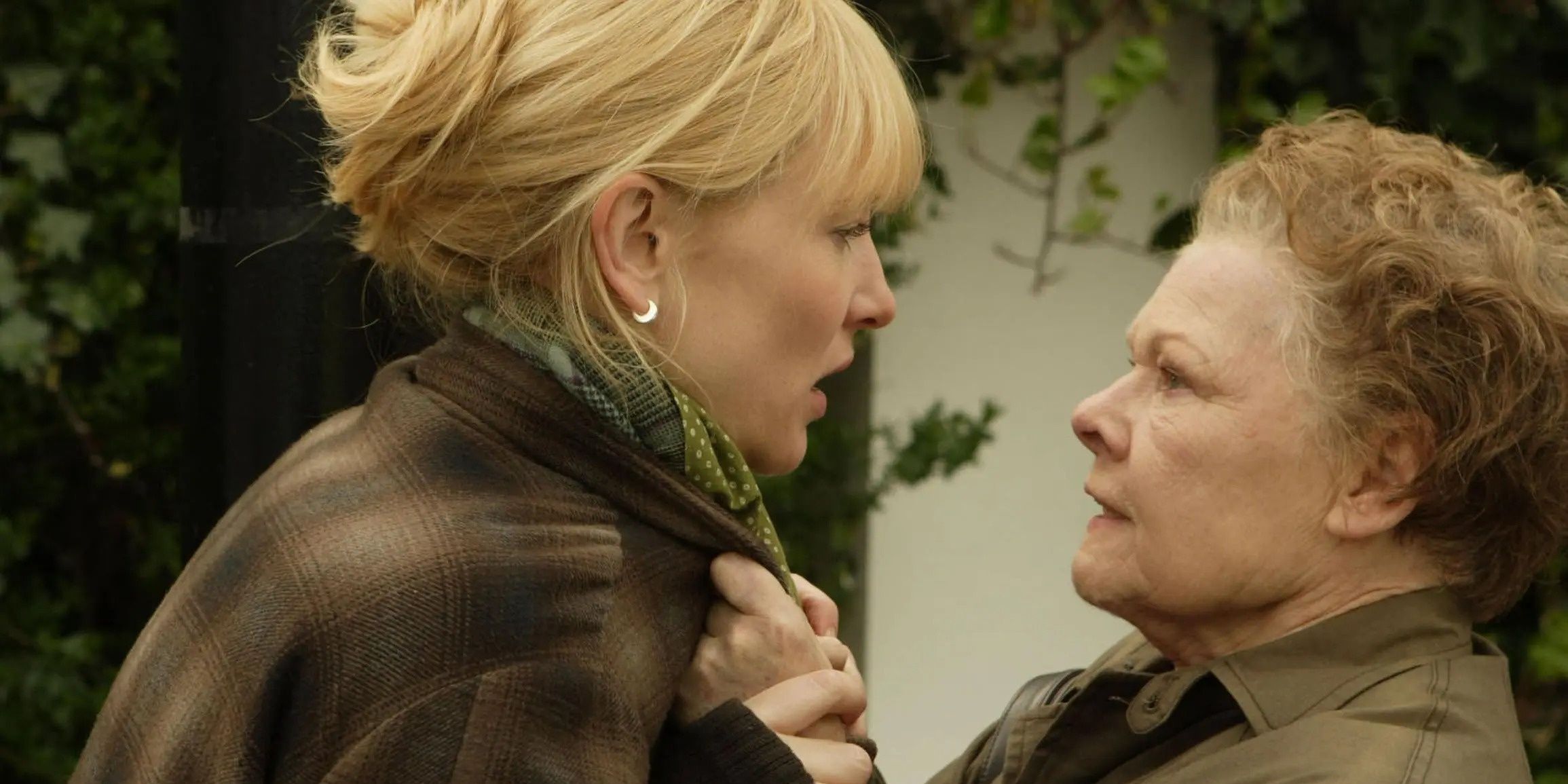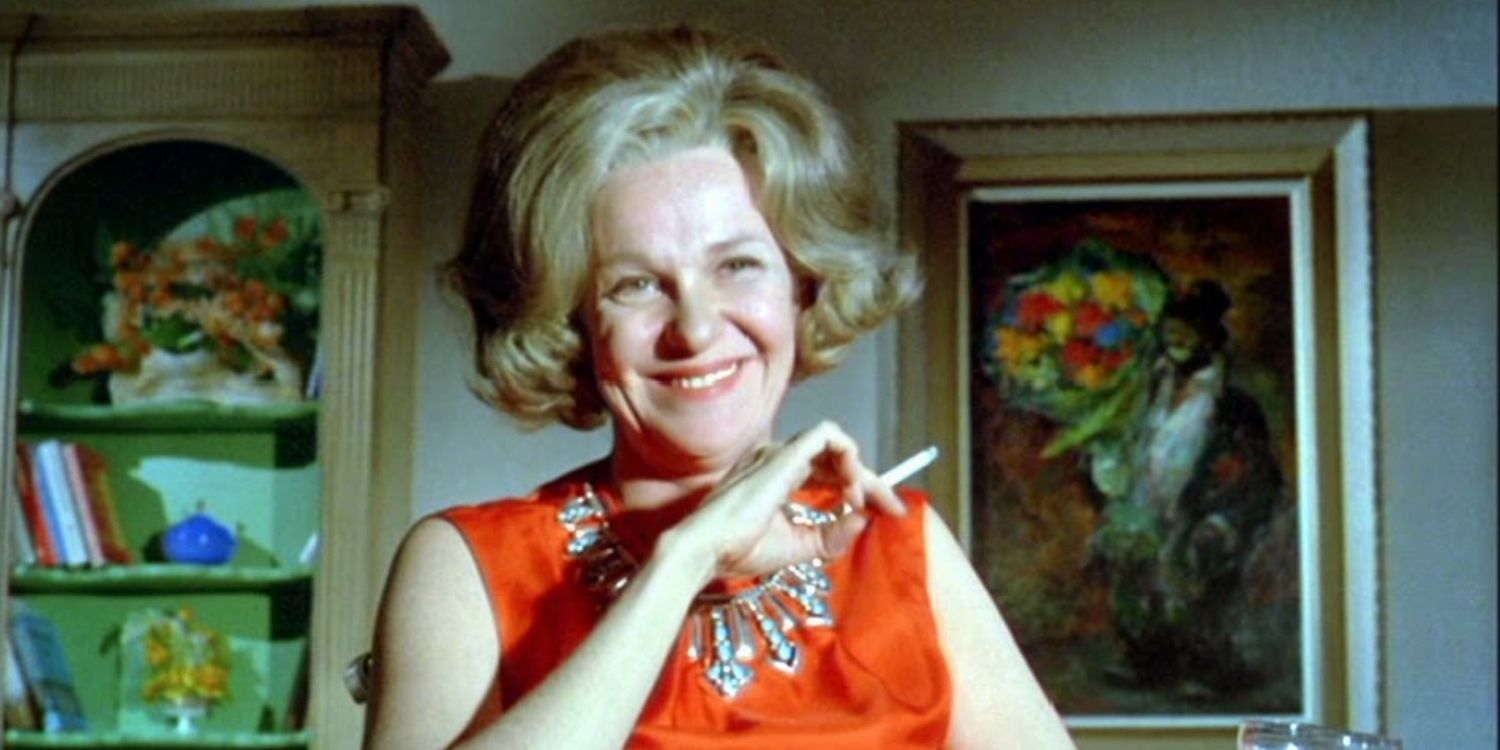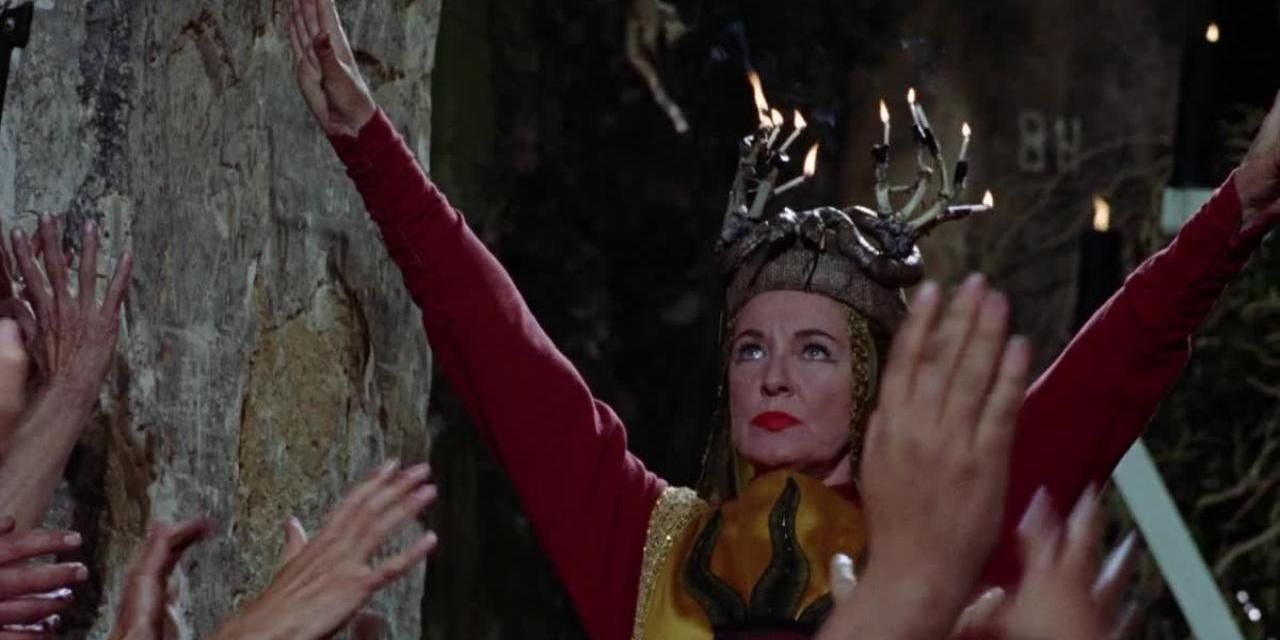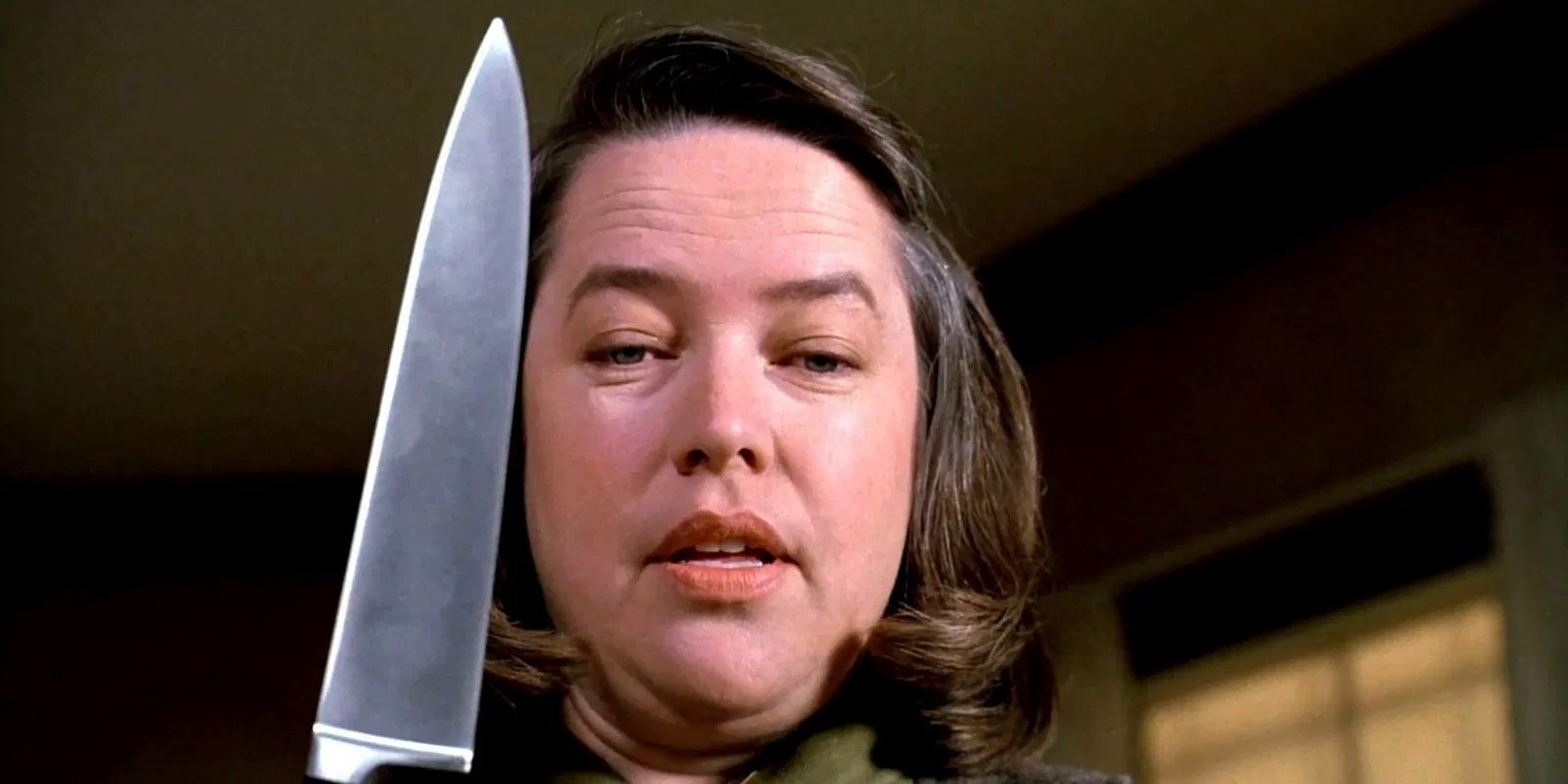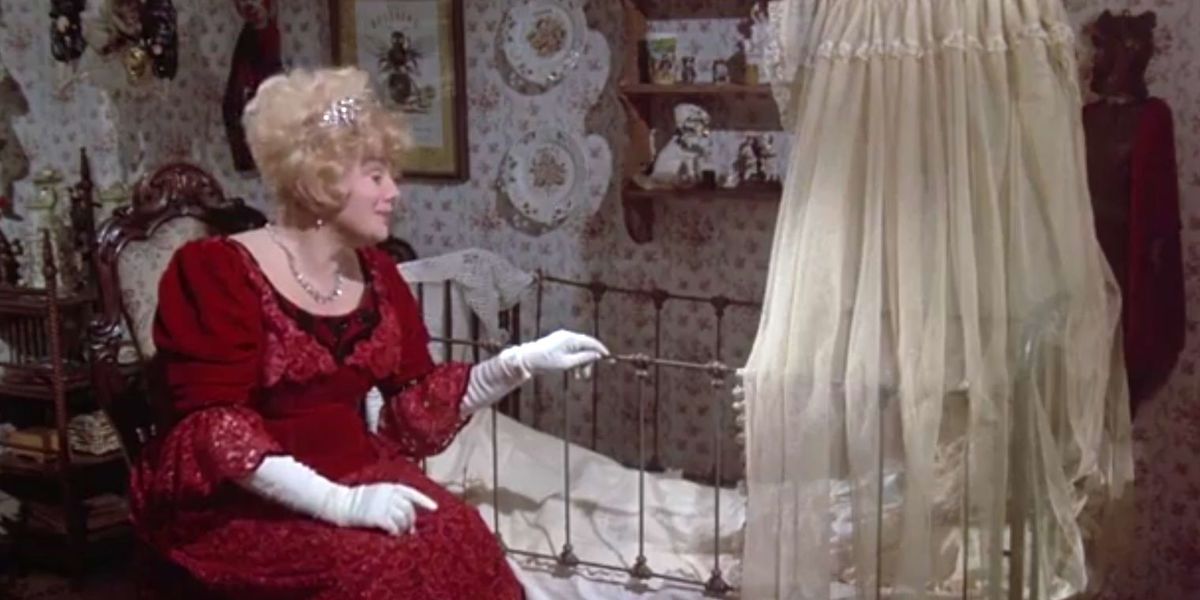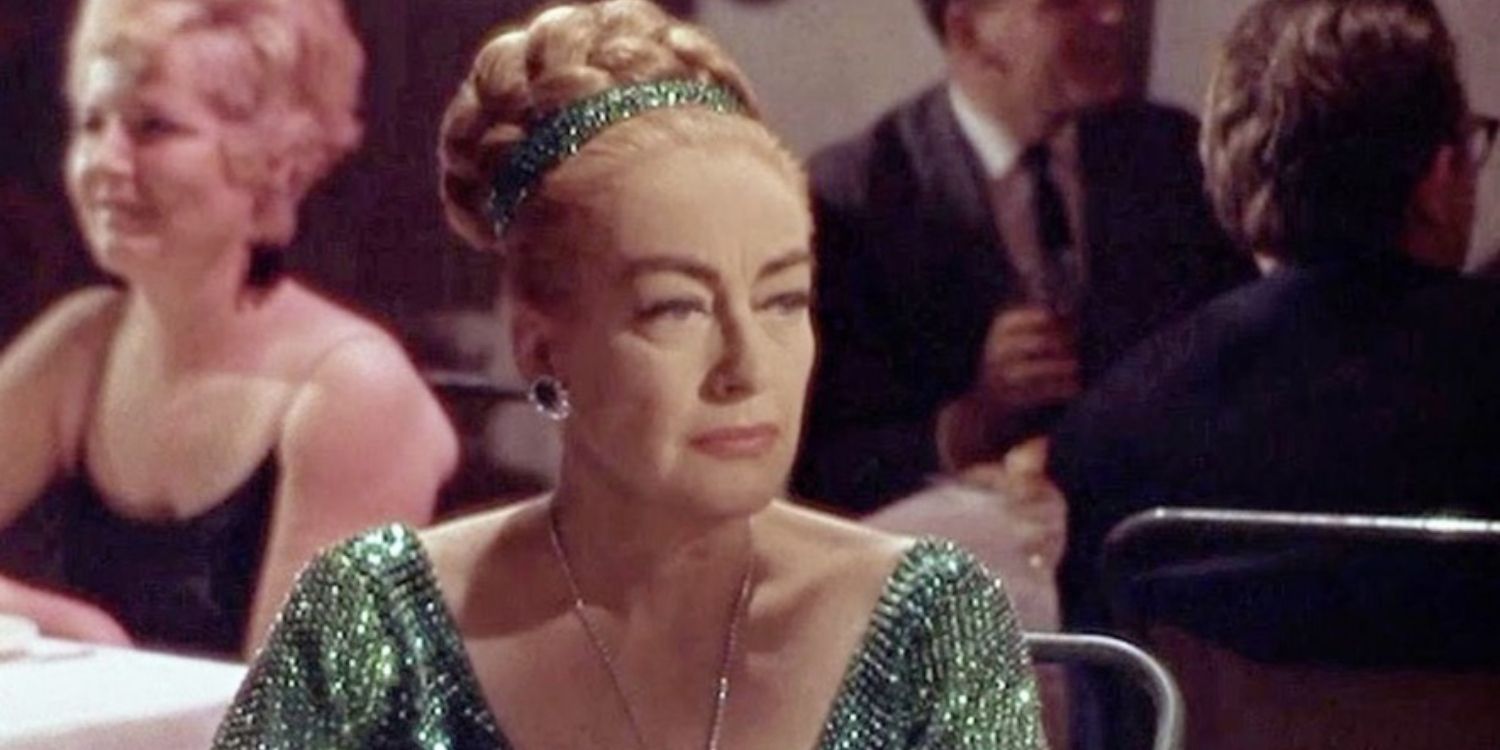The sub-genre of horror known as the “psycho-biddy” has been a part of the genre since at least the 1960s when movies starring stars of old Hollywood as fading and dangerous spinsters became quite popular. This type of horror movie has proven surprisingly enduring, and every so often a thriller or horror movie is released that features an older woman who, for one reason or another, decides to torment those that get in her way.
Though they vary widely in terms of quality, these movies still reveal how ambivalent many people are when it comes to aging. In addition, these movies were crucial in showcasing the work of actresses who struggled to find parts in a youth-obsessed Hollywood, a trend that unfortunately still occurs today.
Sunset Boulevard (1950)
Even before the genre hit its stride in the 1960s, there were movies featuring older women who prey on younger men, and Sunset Boulevard is the ultimate example. It focuses on Norma Desmond, a fading movie star who takes a young screenwriter her wing. Unfortunately, her jealousy and delusions of grandeur get the better of her, and the movie ends with her having murdered Joe and fallen completely into her own imaginary world in which she is slated to make a great comeback. It's a truly iconic final scene and the best in Sunset Boulevard.
Whatever Happened to Baby Jane? (1962)
Whatever Happened to Baby Jane? is, in many ways, the starting point for the "psycho-biddy" genre's popularity in the 1960s. Starring Joan Crawford and Bette Davis as a pair of sisters locked in a deeply pathological relationship, the movie demonstrates how fickle stardom is and how quickly Hollywood jettisons those that aren’t useful anymore.
In their own ways, each actress brings out the fundamentally flawed nature of their characters, and the final twist changes everything that has come before, and it remains one of Bette Davis' most iconic roles. Davis received wide acclaim for her performance, earning her tenth and final nomination for Best Actress the following year. As a result of the commercial and critical success of the film, both David and Crawford's careers were revived again, and the two actresses became staples of the genre in the 1960s.
Dead Ringer (1964)
Even though she attained the height of her movie stardom in the 1930s and 1940s, Bette Davis continued to act, even when the parts were mostly in low-budget horror and thriller movies like Dead Ringer. In this movie, she plays a pair of twins, one of whom murders the other.
As she always does, Davis turns in a powerful performance, managing to bring out the individual traits that set the sisters apart, and she imbues the murderous twin with an ironclad charisma.
Hush...Hush, Sweet Charlotte (1964)
Hush...Hush, Sweet Charlotte was originally supposed to pair Joan Crawford and Bette Davis again, but Olivia de Havilland ultimately took over Crawford’s role as the young cousin who schemes with her lover to drive her relative crazy and take over her mansion and her wealth. Davis, of course, plays the seemingly unstable Charlotte who, upon discovering the truth of what is going on, shows that she is not content to remain a victim, even if means that she’s sent to prison. De Havilland was usually known for playing "good girl" roles like Melanie in Gone with the Wind, so her role as the film's villain was a shock to many audiences and a rare evil turn that she never repeated for the remainder of her career.
Notes on a Scandal (2006)
Even though the psycho-biddy movie thrived in the 1960s and 1970s, it also emerged in later decades, including in the 2006 movie Notes on a Scandal. Judi Dench and Cate Blanchett give stunning performances as a pair of teachers, one of whom, Dench’s Barbara Covett, discovers that her younger colleague Blanchett’s Sheba Hart is having an affair with a student. The movie is tense, and it keeps the audience on the edge of their seat as Covett gives in to her obsession and torments Hart. It's certainly one of Dench's best movie roles.
Whatever Happened to Aunt Alice? (1969)
Unlike some other entries in the genre, in which the aging widow is the victim of someone else, Whatever Happened to Aunt Alice? turns the formula upside down. In this movie, an aging widow, Claire (played by Geraldine Page), starts murdering her elderly housekeepers and taking their money. The Alice of the title, played by Ruth Gordon, decides to investigate, and the movie allows these two formidable actresses to play off one another. As so often with the genre, there’s a twist at the end, when it’s revealed that the stamp collection Claire thought was worthless is actually worth a small fortune, making her murderous money-making efforts pointless.
The Witches (1966)
Olivia de Havilland’s sister Joan Fontaine starred in The Witches, which follows an aging teacher who returns to England and, once there, finds herself caught up in a scheme run by a local coven of witches. This movie, like several others in the later years of the genre’s popularity, made some modifications to the formula so that Fontaine’s Gwen Mayfield isn’t a figure of pity or mockery but is instead the protagonist who takes action to prevent a bloody ritual. Unlike other films in this genre, The Witches was not successful, due in large part to its awkward blend of supernatural horror and campy humor.
Misery (1990)
Stephen King is widely regarded as the master of horror, but the movie adaptations of his works have sometimes suffered in terms of quality and critical reception. That isn’t true of Misery, which stars Kathy Bates in one of her best roles as a fan who kidnaps and brutalizes her favorite author in an effort to get him to write her a story.
Bates partakes of the established tradition of the psycho-biddy, turning her into a figure of both horror and even pity. Unlike Bette Davis and Judi Dench, Bates received an Oscar for her excellent work, the only time the Academy honored the genre with a major award.
Whoever Slew Auntie Roo? (1972)
Like many other actresses of old Hollywood, Shelley Winters continued to work in a number of roles in horror and thriller movies later in her career, including the title character in Whoever Slew Auntie Roo? Winters stars as an aging woman who becomes obsessed with a pair of children.
Though it is a campy and at times silly movie, it nevertheless has some genuinely chilling moments, and Winters leans into the pathos and drama of this role, showing that Roo is as tragic as she is dangerous. The minor success of the film propelled Winters back into the good graces of Hollywood and the double Oscar winner received another Academy Award nomination shortly after Roo's release for the disaster film The Poseidon Adventure.
Berserk! (1967)
Joan Crawford was another old Hollywood actress whose fortunes declined throughout the 1960s but still continued to work. In Berserk!, she plays the owner of a circus who has to contend with both a rebellious murder and a host of murders that take place within her circus. Crawford, as always, gives her everything to the performance, bringing out the pathos of a mother trying, and failing, to keep her daughter from indulging in her homicidal impulses.

